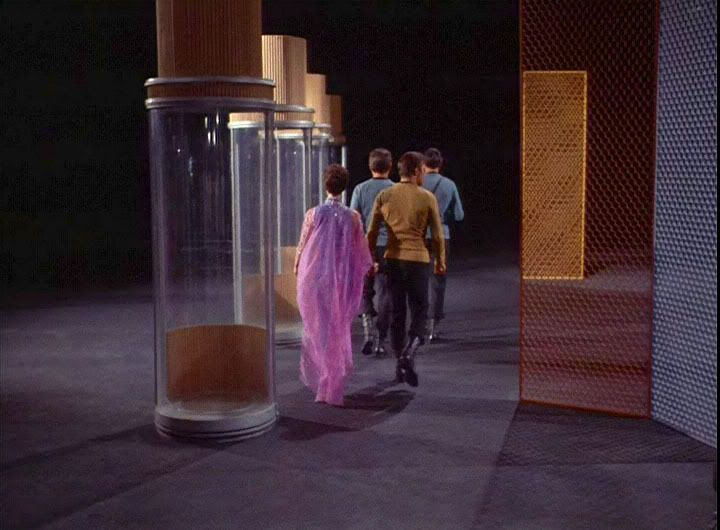There was no deliberate aesthetic consideration in the case of "Spectre" either. It was budgetary.
As I've already said several times, it was both. Yes, it has been stipulated that the initial impetus for the decision was budgetary. That cannot possibly be disputed. But that is not the point. The point is that they took that limitation and turned it into something positive. They embraced the artificiality and turned it into out-and-out surrealism. Instead of faking a blue sky, they lit it a vivid and unearthly red. Instead of disguising the soundstage walls, they deliberately cast shadows on them to make the visuals even stranger and more atmospheric. They used their limitations as part of the creative process.
This same thing is discussed in that article on ST's minimalism that I linked to above: the fact that the basic impetus for the show's minimalist style was budgetary, but they nonetheless embraced minimalism as an aesthetic and took it well beyond a simple matter of absence. The mistake in your argument is the assumption that a decision has to be either creative or practical, that one precludes the other. In reality, it's usually a mix of both. Dealing with practical limitations is an important part of the creative process, especially in film and television.



